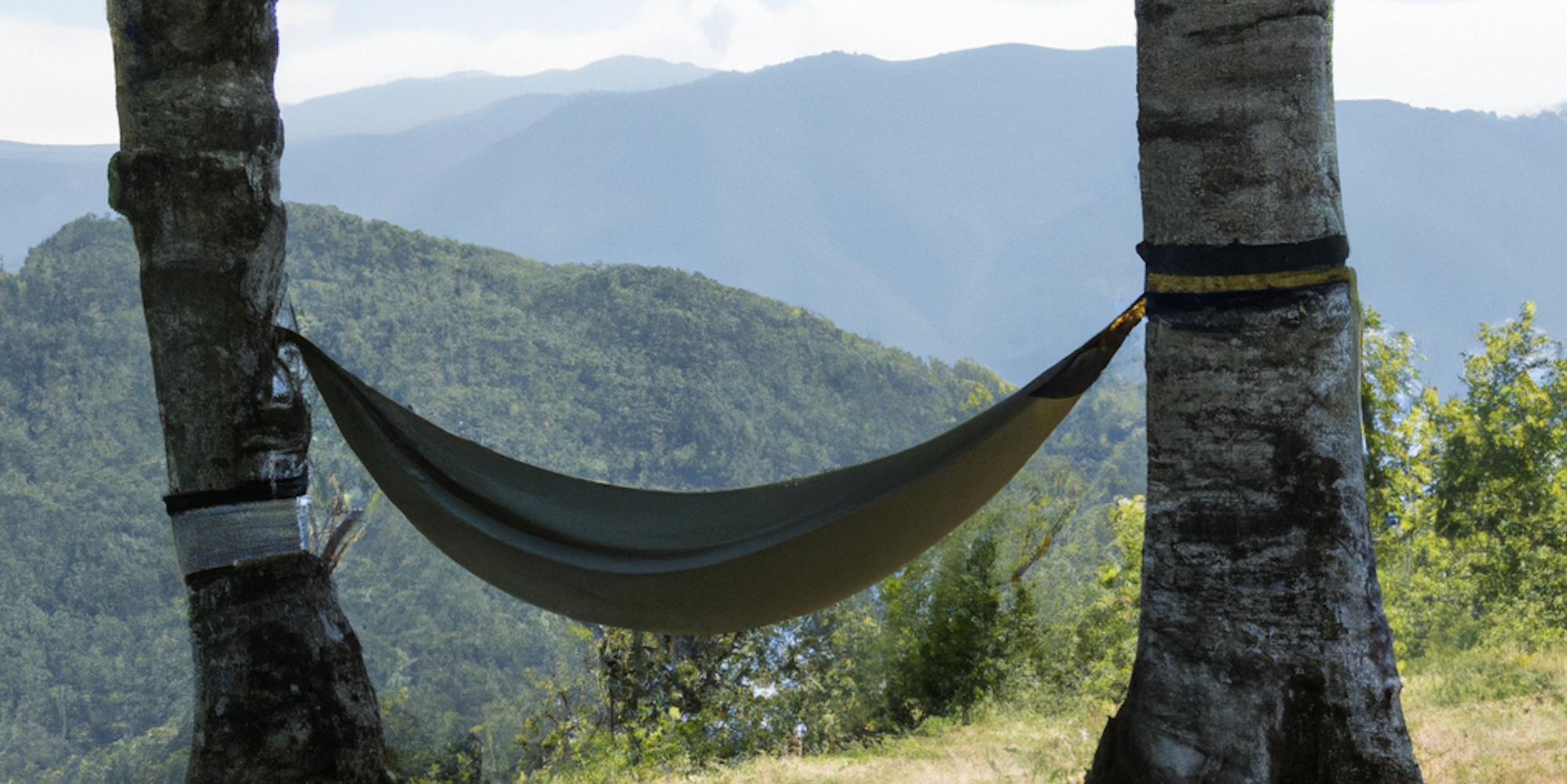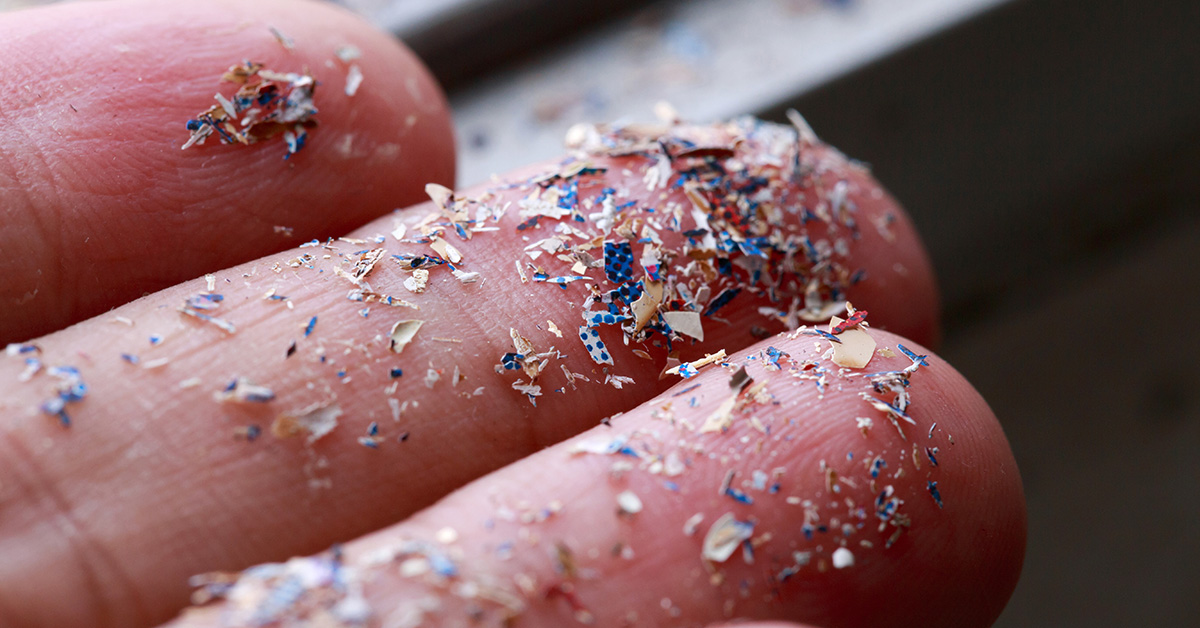Table of Contents
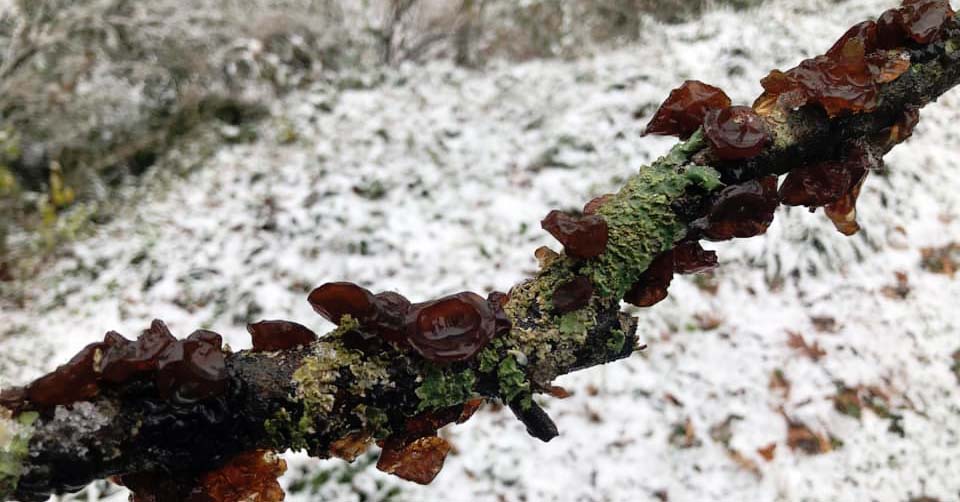
The Ultimate Guide to Identifying Between Exidia and Wood Ear
Wood ear is an edible mushroom widely used in Asian cultures for food and medicine. It grows broadly throughout North America and is an excellent fungus for beginner foragers. To forage wood ear (Auricularia sp.) successfully, though, you need to know the differences between Wood Ear and Exidia fungi, which are quite similar looking to the untrained eye.
Wood Ear Mushroom (Auricularia sp)
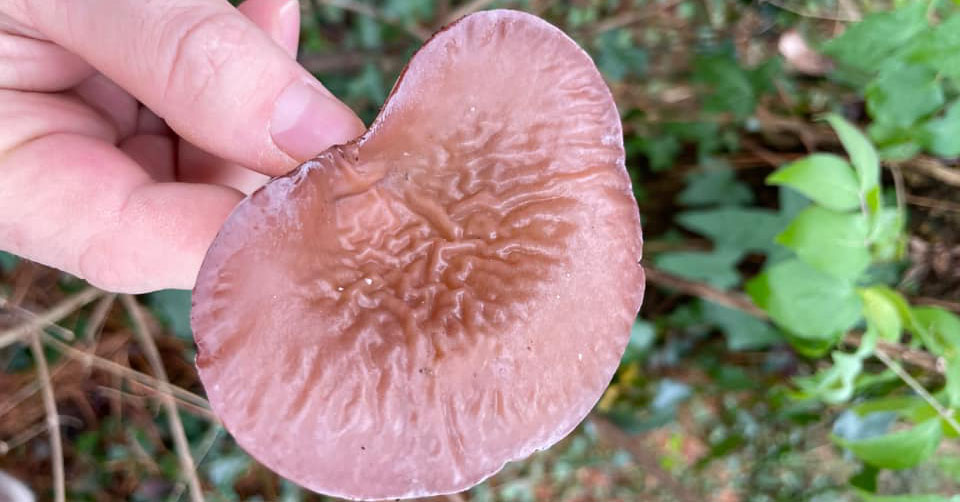 Wood Ear by Daniel Kim
Wood Ear by Daniel Kim
Thankfully, it’s not a huge deal if you misidentify these two since they’re both edible. But, it’s better to get it right and know what you’re foraging. Most people seek out the wood ear for its medicinal properties, making it a more valued fungus than the Exidia. Their culinary value is about the same. Neither is especially remarkable tasting, but they add an interesting texture to soups, stews, and stir-fries.
What are other names for wood ear mushroom
- jelly ear
- pig ear
- tree ear
- goblin ear
- Jew’s ear (controversial)
The medicinal properties of the wood ear fungus have been known for more than 1500 years. It was first used in traditional Chinese medicine to treat hemorrhoids, dry mucus, and bleeding. They’ve been cultivated in China for over 1000 years.
In 16th century Europe, the wood ear mushroom was used medicinally to treat sore throats, inflammation, and eye diseases.
Current studies show wood ear contains compounds that reduce cholesterol, increase immunity, and support the healing of spasms, wounds, nausea, and back pain. It’s best not to eat too many at once, though, because they’re a natural anticoagulant.
How To Identify Wood Ear Mushrooms
Wood Ear Habitat and Environment
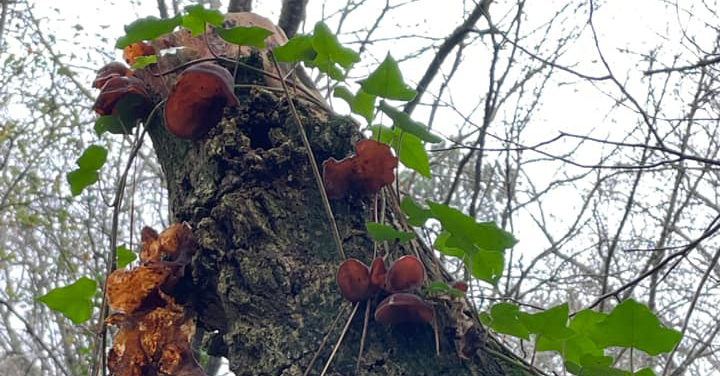 Wood Ear by Daniel Kim
Wood Ear by Daniel Kim
The wood ear mushroom only grows on wood – it can be living trees or dead logs, but it is always attached to wood. A live tree with a wood ear growing on it will likely not live much longer, as the fungus is a saprotrophic species, feeding on nonliving organic material.
Wood ears grow on hardwoods and conifers, depending on the species. Foragers of the European species note that the wood ear prefers elder trees, but it is unknown whether that is a preference for any of the North American species.
Appearance and Identifying Properties
The color of wood ears varies from medium reddish-brown to very dark brown, sometimes looking close to black. A healthy species will be more medium brown, while incredibly dark ones are usually dried-out specimens.
The flesh is dense to thin and mostly translucent, depending on maturity. The undersides are generally a lighter brown than the upper surfaces. The texture is smooth and rubbery, somewhat fleshy to touch rather than jellyish. Fruiting bodies vary from 1-6 inches wide.
Their shape is very much like an ear, and like with animal ears, the exact shape varies a bit. Overall, wood ear mushrooms grow in a half-cup or disk shape with wrinkly folds on the interior portion that are unmistakably ear-like. The flesh is also gelatinous or rubbery, adding to the visual ear likeness. Wood ears grow from a short, stout rubbery stalk.
Wood ears don’t have a consistent shape, especially when growing in tight clusters. Sometimes, they only have a few exterior and interior wrinkles or veins, while other times, the inner portion is made up of many folds that are difficult to distinguish. Also, when they are growing close together, the folds of one often merge into another, creating a large grouping of irregularly shaped ears.
The flesh also varies, from dark and thin in older species to thick and smooth in young specimens. In younger wood ears, the exterior surface is usually covered in a thin layer of tiny gray hairs.
Wood ear fungi are thicker in the center and thinner at the edges, with a distinctive rubbery texture. When handled, the flesh holds its form and won’t compress or break apart when squeezed. In addition, the flesh will fold without breaking. This is a great way to distinguish wood ears from Tremella species, which will compress easily, and other cup-like fungi which are brittle and crack when bent.
Best Season for Wood Ear
Wood ear mushrooms are fans of cool weather – they thrive in temperatures below 60F and will survive frosts. They may be found throughout the winter in southern climates as the temperatures never get low enough to discourage their growth. In more northern climates, they are found in early winter and again in very early spring.
If you find wood ear-looking species in the height of summer, it is most likely a Tremella species and not a wood ear. The season is a key identification point for this fungus and provides a quick way to check proper ID.
Growth Habit
When wood ears first fruit, they look like little brown rubbery nubs or pegs growing in a huddle. They turn more cup-shaped or disk-shaped with a smooth center as they mature. At this stage, they are still quite fleshy and often thick around the center. The coloring is usually tan to medium brown.
Later on, they develop wrinkles or folds of varying depths. The color deepens to a reddish-brown, and the flesh thins, especially around the edges. Older specimens usually have darker edges as well, bordering on black. The translucency becomes more apparent at this point.
The Wood Ear Species of North America
For decades, the wood ears found in North America were listed under the scientific name Auricularia auricula-judae. (Fun fact – Auricularia means ear in Latin. And, for this particular species, auricula-judae translates to Judas’s ear (a bible reference).
However, recent taxonomic analysis determined that North America has three distinct species of the wood ear and that A.auricula-judae is a European-only species. These new denominations only occurred five years ago, so most textbooks and identification works still list the North American wood ear as A.auricula-judae, or just A.auricula.
The three main Auricularia wood ear species in the United States are:
Auricularia americana – grows only on conifers.
Auricularia angiospermarum – grows only on hardwoods, 3 inches wide, 1/8 inch thick, the interior is smooth or slightly wrinkled and doesn’t have folds.
Auricularia fuscosuccinea – grows on hardwoods, primarily in the southeastern US.
Exidia Mushrooms
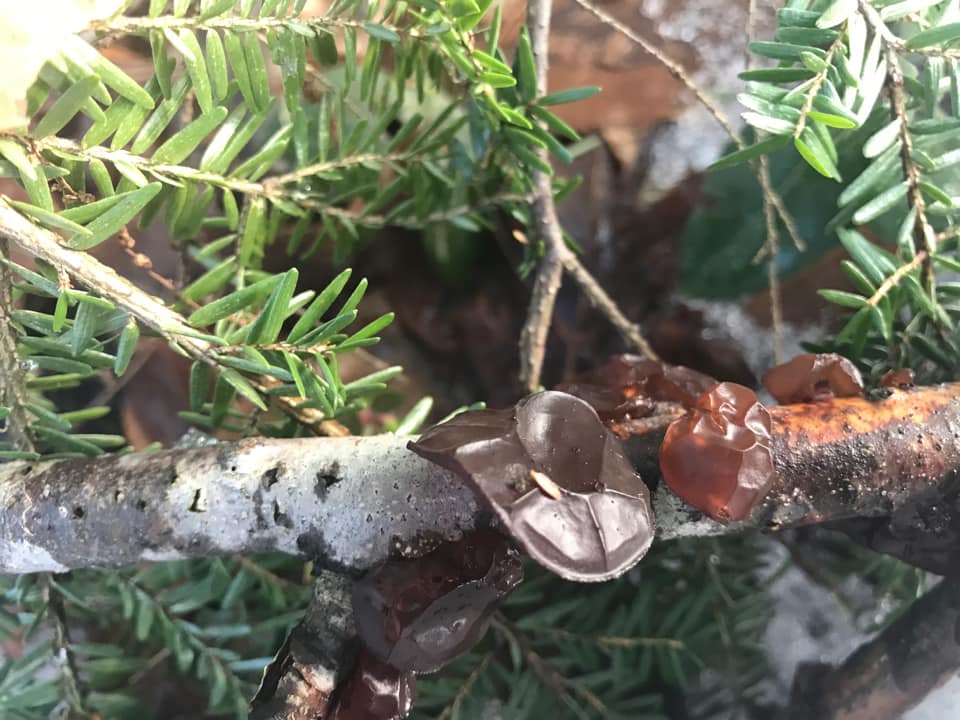 Exidia recisa by Melinda Keck
Exidia recisa by Melinda Keck
The Exidia family of fungi, often called brown witches butter, are remarkably similar in appearance to wood ears. There are some key differences, though, which make telling them apart much easier than you’d think at first glance. Differentiating them takes some close-up exploration of the specimens; this isn’t one you’ll be able to do from a distance. So, gather up some specimens and prepare to get up close and personal!
The great thing about the Exidia mushrooms is that they are edible, too, just like wood ears. And, they don’t taste bad, either, being somewhat similar in flavor to the wood ear. Don’t despair about finding Exidia – gather them up and give them a try.
Exidia recisa (Exidia crenata) (Amber Jelly Roll) – Looks exactly like a wood ear, except it’s significantly smaller, usually no more than 1-inch wide. Think of it as the wood ear mini-me. Amber Jelly Roll mushrooms are dark brown to almost black, often with a purple tint, which is slightly different than the reddish-brown of wood ears.
E.recisa fruits in spring, after significant rains. Specimens also usually retain their individual structure, even when growing in clumps, unlike wood ears which may merge and overlap. They often appear as one large mass, but it is easy to discern each fruiting body on closer inspection.
The flesh is more gelatinous than wood ears, flimsy, and moves around a lot more when shaken. Amber Jelly Roll’s stem is shorter and almost non-existent, looking like someone just pinched a little flesh to attach it to the log.
They are indented in the center, but instead of being smooth with purposeful ear-like appearing creases, the Jelly Roll looks like someone squished it between their fingers and then stuck it on the log. The appearance varies widely by age and weather conditions, but they often look like squished Medjool dates or prunes.
Amber Jelly Roll fungi grow on hardwoods, most often oak logs, from spring through fall. This mushroom grows throughout North America but is more common east of the Rocky Mountains.
Exidia glandulosa (Warty Jelly Fungus) – Black gelatinous bodies, somewhat funnel-shaped. They grow singularly or in clusters and don’t merge together like E.nigricans. The upper surface is dotted with pimples, and the under surface is smooth but develops tiny jelly-like spines as it ages. When fresh, the fruit bodies are firm, but they become distorted and relaxed with age. Warty Jelly Fungus grows on dead or dying broadleaf trees, usually oak, in autumn and winter. The funnel shape and dotted surface are the two key identifiers that set this one apart from wood ears.
Exidia nigricans (Witches’ Butter) – Button-shaped black gelatinous fruit bodies, less than an inch across. They grow in clusters that fuse together to form what appears to be one large, irregular mass. These clusters are usually 4 or more inches wide. Each individual fruitbody is attached to the wood. They grow on dead or dying broadleaf trees in autumn and winter. These are very easy to tell apart from the wood ear.
Key Identification Features of Wood’s Ear vs. Exidia Fungi
- Wood ear flesh is thick in the center and thinner around the margins. Exidia fungi don’t have thinner edges.
- Exidia grows as individual specimens, clumped together but retaining their separate structures. Wood ears gather together, overlapping and folding into each other – a more jumbled growth pattern.
- Wood ear fungi are ear, disk, or cup-shaped, while Exidia fungi are irregular gelatinous masses – more blob-like than an actual outer structure.
- Wood ear flesh is firmer and not as squishy as Exidia.
- Usually, wood ears are lighter in color than Exidia, though older wood ears do get quite dark.
- Wood ear flesh holds its shape when squeezed or folded, returning to its original form after being released. Exidia flesh compresses and doesn’t retain it’s shape.
- The stems of the wood ear are small, but it is obvious they are there even though short and stout in stature. Exidia stems are little pinches of flesh that are barely stem-like.
Other Lookalikes
Jelly Leaf (Tremella foliacea) – Also known as leafy brain and brown witches butter (a common name shared by other jelly-like fungi), Jelly Leaf is light brown to reddish-brown, just like wood ear, causing many to mistake the two. Jelly Leaf, though, grows in overlapping fronds like seaweed, as opposed to wood ear, which is cup-shaped. It grows on hardwoods and conifers.
Cooking with Wood Ear Mushrooms
The flavor of the wood ear fungus isn’t that distinctive; it is commonly described as mild and earthy. The texture is dense and a little chewy. Wood ears can be used fresh or dried.
The wood ear can be eaten raw, but it is recommended to cook them for better digestion. These mushrooms don’t need much cooking, though, since they’re so small and have a high water content. A 2-3 minute saute is sufficient before eating.
Add dried or fresh wood ear mushrooms to salads, soups, and stir-fries.
And a special thanks to community members Melinda Keck, Daniel Kim, and Josh Wayne (cover photo) for permission to use their photography in this post ❤️🍄📸
